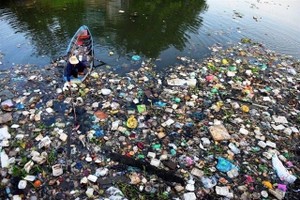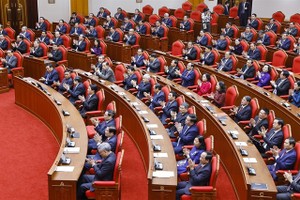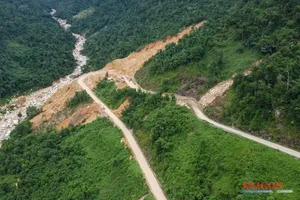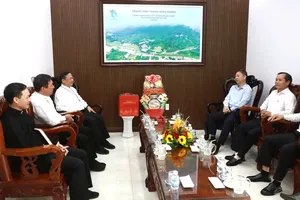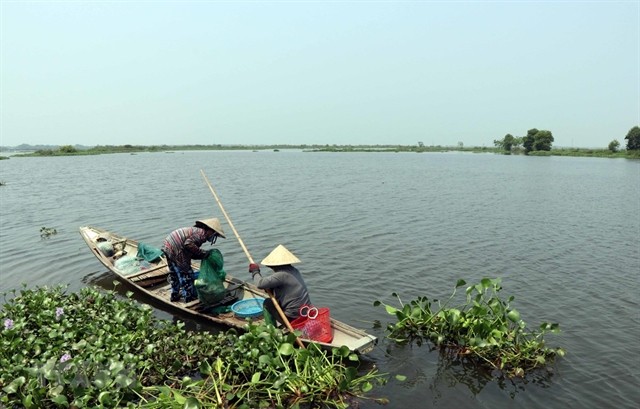
The new bird sanctuary is planned to cover more than 157ha in two communes of Quang Thai (Quang Dien District) and Dien Hoa Commune (Phong Dien District).
Cajuput and coconut trees planted since 2017 by the provincial Forest Protection Sub-department, covering nearly 20 hectares, are growing well, creating good conditions for birds in the area.
Vice Chairman of the Quang Thai Commune People's Committee Pham Cong Phuoc said 60ha of the planned bird sanctuary is managed by communal authorities so land acquisition will be easy and fast.
However, Nguyen Dai Anh Tuan, deputy director of the provincial Department of Agriculture and Rural Development, also head of the provincial Forest Protection Sub-department, said the restoration and construction of the bird sanctuary would require deep scientific knowledge.
“Because birds are very sensitive species, if the ecosystem is not suitable they will not return,” he said.
Currently, the department is working with a consultant agency to evaluate the impacts when the bird sanctuary is built.
According to Tuan, Cua Lac irrigation dam supplies water to a large area of Thua Thien – Hue Province and part of Quang Tri Province but it prevents natural ebbs and flows in the O Lau estuary area, keeping the natural marshes flooded and stopping trees from growing well, which affects food sources of some bird species.
Additionally, the Khe Moi reservoir construction project in the upstream O Lau River will also impact the bird sanctuary.
The selection of suitable trees to plant in the wetlands and changing the production and daily life activities of local people also need to be considered thoroughly.
“If we restore about 70 per cent of the original nature in the O Lau estuary area as before, surely the birds will return,” Tuan said.
“In the long term, the area will also be important for ecotourism development, contributing to the livelihoods of local people.”
Fisherman Nguyen Hieu, 70, in Quang Thai Commune, Quang Dien District who has lived his whole life near the O Lau estuary area, said the changing natural environment has prevented migratory birds from returning.
In O Lau estuary area, there are currently only native birds such as storks, white storks, gray herons, and wild ducks, in lower numbers than before.
“More than a dozen years ago in this area, in the afternoon, thousands of birds flew back, especially in June and July in the lunar calendar (late July to late August in the Gregorian calendar) when migratory birds returned en masse, including rare species such as yellow-headed duck, sam cam (Eurasian coot), choat chan do (spotted redshank) and geese,” Hieu said.
Today, the swampy areas which used to house migratory birds seeking food have been renovated into fields, ponds and lakes for aquaculture farming, according to Hieu.
O Lau estuary area is a flooded area in the Tam Giang-Cau Hai lagoon system, the largest lagoon system in Southeast Asia.
The area has many floating dunes, creeks and rich ecosystems, and used to be home to many native birds and rare migratory birds.
However, the prolonged process of improving the land for production has altered the natural environment, seriously reducing the number of birds.
According to Thua Thien – Hue Province's Forest Protection Sub-department, a survey in 1998 revealed that at that time there were about 73 species of birds in the O Lau estuary, among total 103 species of birds in the whole Tam Giang- Cau Hai lagoon area.
However, a survey conducted from late 2016 to the middle of 2017 showed there were only 31 species of bird in the O Lau area.
“If the bird sanctuary is successfully built, the migratory birds from cold countries will choose O Lau estuary as a stopover on the migration journey,” Hieu said.
“Our descendants will have the opportunity to see precious birds, and it will contribute to environmental protection and sustainable ecosystems."

